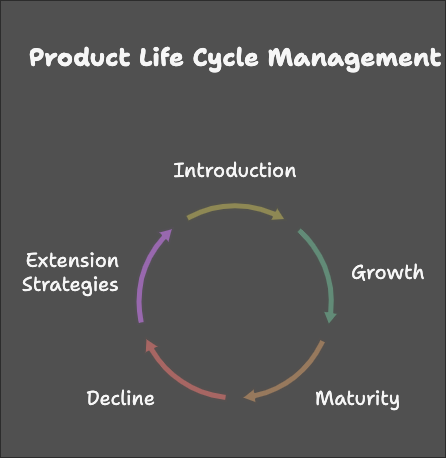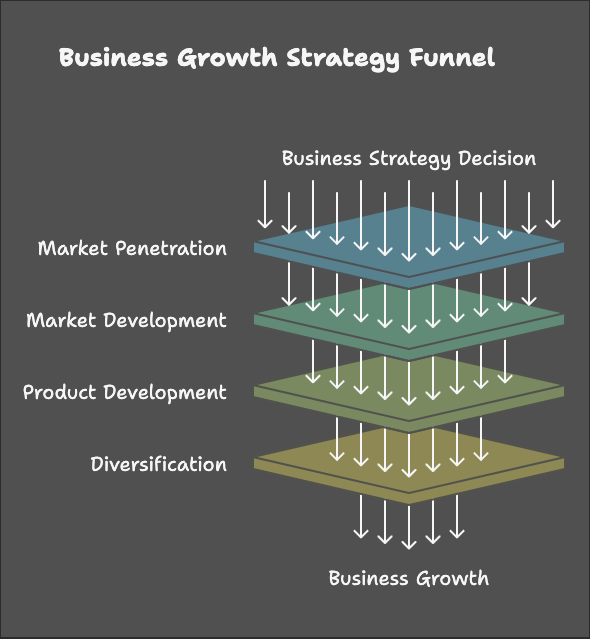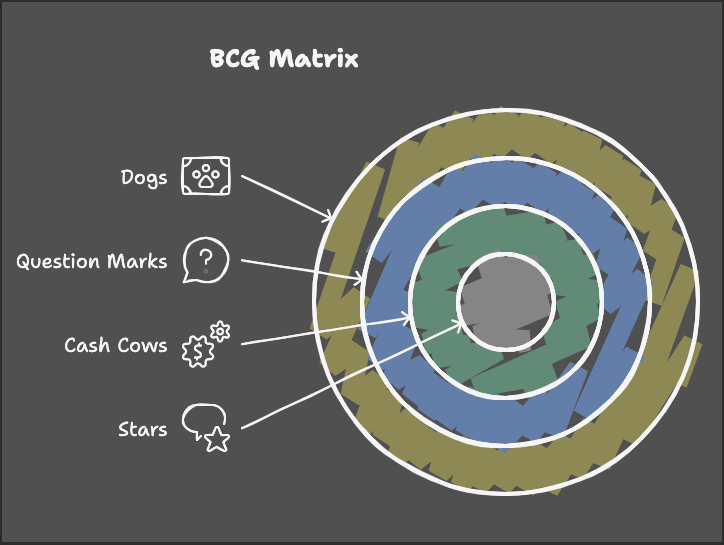Product Life Cycle
Product Life Cycle Strategies
Products, like people, go through different stages in life:
- Introduction: The product is launched and sales are slow as customers are just learning about it.
- Growth: Sales start to increase rapidly as the product gains popularity.
- Maturity: Sales growth slows down as the market becomes saturated.
- Decline: Sales decline as the product becomes outdated or replaced by newer alternatives.
Companies use different strategies at each stage to maximize success. For example, in the introduction stage, they focus on creating awareness, while in the maturity stage, they might focus on defending market share.
Product Life Cycle Extension
To keep products thriving, companies can use strategies like:
- Finding new uses for the product: Think baking soda, which is used for baking, cleaning, and deodorizing.
- Attracting new users: Targeting new customer segments.
- Increasing usage among existing customers: Encouraging customers to use the product more often.
- Relaunching the product with new features or improvements: Giving the product a fresh look or updated functionality.
Strategic Tools
Ansoff's Matrix
This tool helps businesses decide on growth strategies by considering new or existing products and markets.
- Market Penetration: Selling more of the same products to existing customers.
- Market Development: Selling existing products to new customers.
- Product Development: Developing new products for existing customers.
- Diversification: Developing new products for new markets.
BCG Matrix
This tool helps businesses analyze their product portfolio based on market share and market growth.
- Stars: High market share, high growth potential.
- Cash Cows: High market share, low growth potential.
- Question Marks: Low market share, high growth potential.
- Dogs: Low market share, low growth potential.



